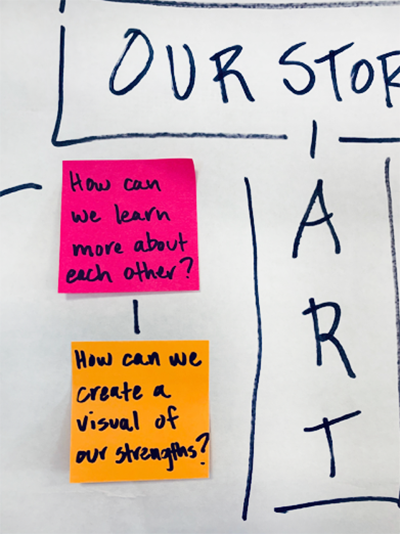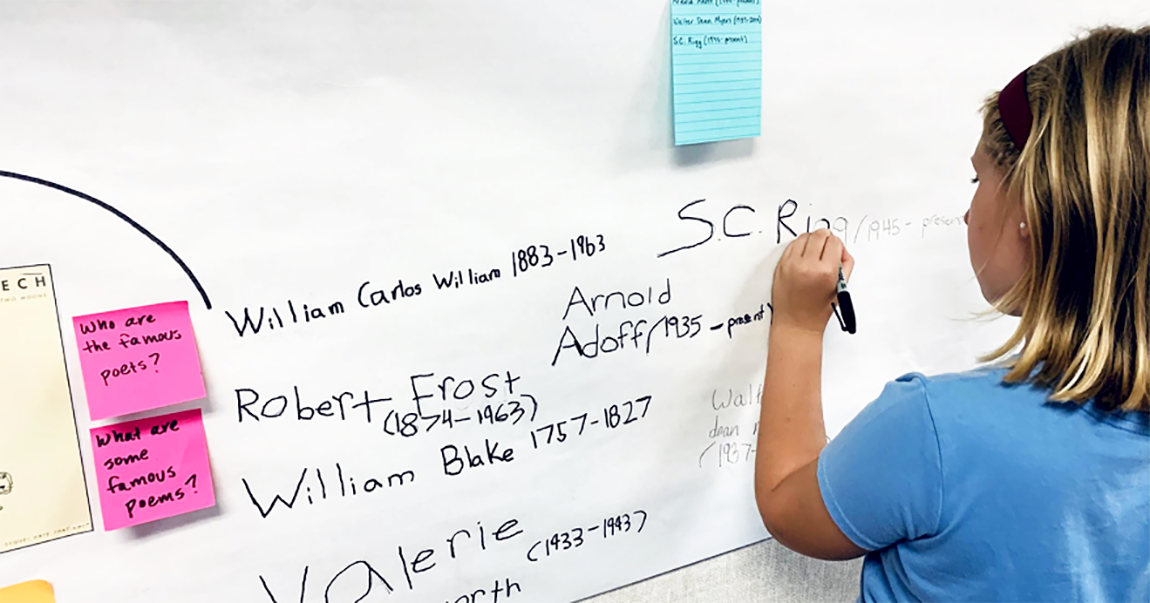
“The important thing is not to stop questioning. Curiosity has its own reason for existing.” — Albert Einstein
Engaging in inquiry means being comfortable living in uncertainty. Of course, asking questions and finding answers is not only productive in a PBL project, but just living in general. That being said, inquiry (the act of questioning) is not just about gathering information. In fact, I would argue that inquiry in its truest form should serve the purpose of asking more questions.
I have found it difficult for students to fully invest in their learning when a teacher guides them through a path that was decided before they even got into the room.
In our 4th-grade classroom, we are consistently asking each other questions such as “What do you think?” “What do you wonder?” “How do you know?” “What more do you want to know?” These questions provoke, challenge, and stimulate us, while at the same time valuing original thoughts and voices.
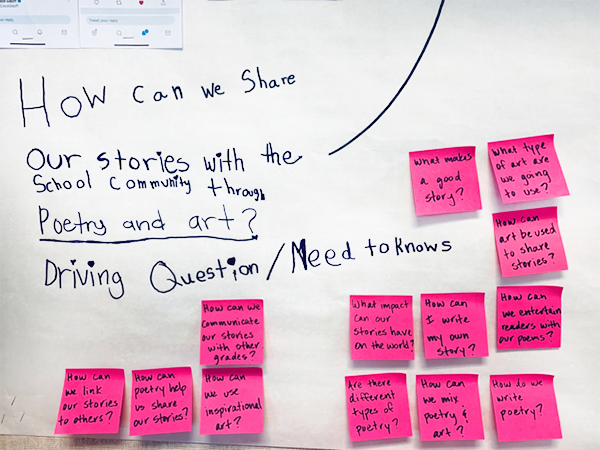
High-quality projects always start by valuing the student's voice, when we engage students with an entry event/fieldwork experience, and let them ask powerful questions they want to pursue the answers to. In our most recent project, students engaged in fieldwork and created a film festival around the big idea, “Stories have the power to influence change.” Being a large school, we identified the authentic problem of a lack of connection between parts of our student body. We then framed our driving question: “How can we share our stories with the school community, through the mediums of poetry and art?”
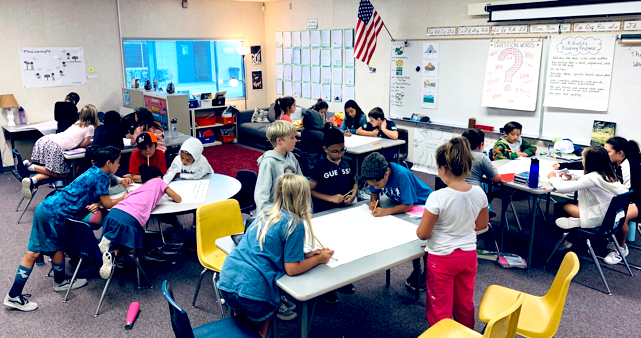
We use the QFT (Question Formulation Technique), a structured, step by step process created by The Right Question Institute, to stimulate inquiry during the launch of a project. This process for generating student questions can take time, but I’ve found that it provides my students (and me) a way to make meaning and organization of the messy, exciting beginnings of projects. These questions arise from the need and urgency our driving question provides. We call the questions our “Need to Knows.”
“Need to Knows” guide our work.
The QFT process helps make sure they are meaningful and productive questions—ones we can frame our project around. After a flurry of questions were raised by the students after the entry event, we went to prioritizing and improving our questions. “Which questions get us to the heart of our project? Which questions are fixed? Open-ended?”
After improving and prioritizing our first lines of inquiry, we are ready to jump in. This process is intentionally guided for two reasons: 1) to ensure the lines of inquiry students pursue are serving the authentic problem at the center of our project, and 2) they have a framework to come back to as we move through the phases of our project.
Our project wall helps organize the sustained inquiry that will be central to student learning during our project.
“Need to Knows” are not simply posted on the wall and never referred back to. These questions authentically guide the path of the project.
In our current project, adapted from EL Education’s open-source ELA curriculum, questions such as “What inspires people to write poetry?” and “Why do people share stories?” require further unpacking. We cannot find the answers to these questions without asking more questions. For example, from the guiding question of “Why do people share stories?” more questions were elicited such as:
- How do we learn more about ourselves?
- How can we learn more about each other?”
- What is the value of multiple perspectives?”
- How can we entertain others with our writing?
Students are the drivers of where and how we pursue the answers to these questions, and what other questions we ask. The project wall is an interactive tool that students use to manage the project, and keep track of what “Need to Knows” have been answered, and what questions require further exploration.
Mini-lessons, workshops, and independent research are the main levers in how we find the answers to these questions.
My role as an educator is to step in at the just-right time when my students are pushing the boundaries of the learning pit. When we are struggling to answer a question as a class, or independently, these levers provide the most meaningful instruction. What are our next steps when the answers to these questions have been found?
Just as my students might be struggling to find answers to questions, they can also get into an “inquiry slump.” They may feel lost or overwhelmed with the next questions to ask. Big, open-ended questions can cause this frustration. We know as a team that when this happens, we need to take a break and ask some fixed and more low-level questions that are more manageable. Identifying these questions with different color post-its or markers is critical in helping my students understand the inquiry process.
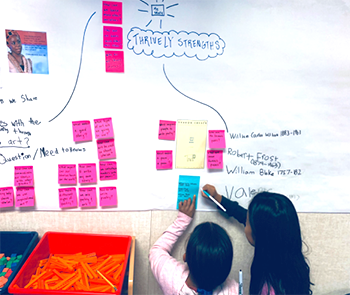
When used intentionally, and often, sustained inquiry can ensure students are active, engaged participants in their learning.
Our learners are entering a world where they can decide what they want to learn, when they want to learn, and how they want to learn. One of my roles as a facilitator of learning is to help them navigate the complexity of inquiry, so they are prepared to enter the modern world.
Student voice is beginning to become a buzz-word in education. If I want to truly value my learner’s voices, they need to be a critical part of robust inquiry. Re-directing my students back to our “Need to Know’s” in a project lets them know that their questions are at the heart of our learning process.

